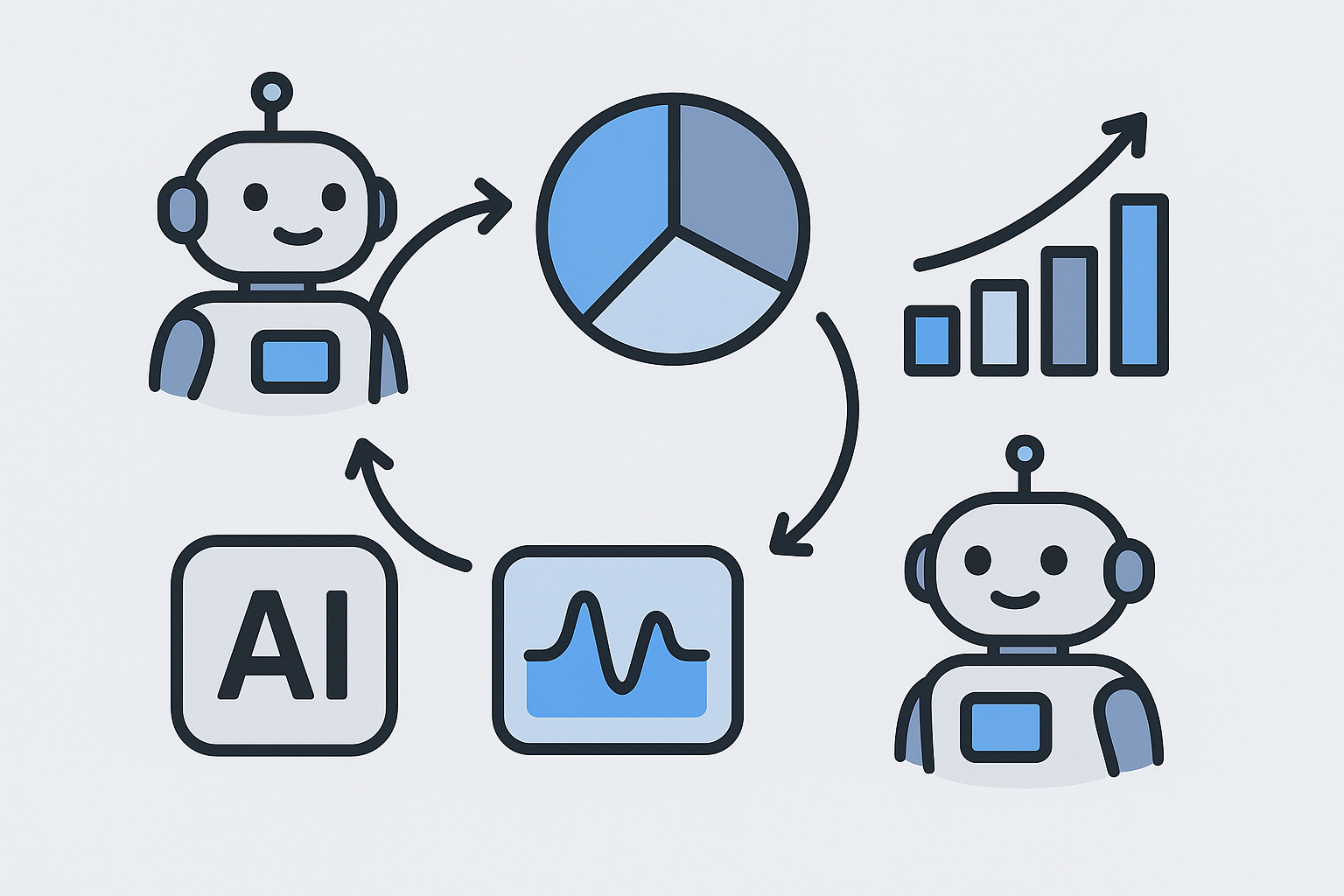Introduction: Why Data Governance Needs a Rethink in the Age of AI
Most organizations today claim to have some form of data governance. Yet, when AI enters the equation — models drift, hallucinate, and amplify hidden biases — those traditional frameworks start to crack.
Data governance isn’t just about data quality anymore; it’s about closing the loop between governance, oversight, and operational execution — ensuring that every data decision is traceable, explainable, and accountable.
This article breaks down how to build an AI data governance framework that actually works in practice — one that reduces information risk, supports compliance, and strengthens trust.
1️⃣ Step 1: Define What “Good Data” Means in Context
AI systems can’t tell the difference between valid data and useful data — that’s a governance decision.
Your first step is to establish clear data quality dimensions aligned with your AI’s purpose:
Accuracy: Is the data correct and verifiable?
Timeliness: Is it updated frequently enough for real-time decisions?
Completeness: Are key fields consistently populated?
Lineage: Can you trace the data back to its origin?
👉 Reference: In “When Data Becomes the Weakest Link”, we explored how incomplete or outdated datasets become silent amplifiers of AI risk.
Use Case:
A major insurer discovered its underwriting AI was basing risk decisions on outdated demographic data. By introducing a data freshness SLA (e.g., datasets updated weekly, not quarterly), error rates dropped by 18%.
2️⃣ Step 2: Assign Clear Ownership and Accountability
Governance fails when “everyone” owns the data — which usually means no one actually does.
Define roles explicitly:
Data Owners → set quality standards and access rules.
Data Stewards → monitor compliance and resolve anomalies.
AI Model Owners → validate that input data meets operational thresholds.
Second Line Oversight (Risk/Compliance) → independently review lineage and bias metrics.
This layered accountability ensures governance isn’t just a policy — it’s a practice.
👉 Read next: “Beyond Checklists: Building a Proactive AI Risk Management Culture” explores how daily habits turn governance into behavior, not bureaucracy.
3️⃣ Step 3: Implement Continuous Data Quality Monitoring
AI systems degrade quietly. That’s why static quarterly reviews aren’t enough.
Adopt continuous data observability, using metrics such as:
Missing values rate
Schema drift alerts
Data distribution shifts
Outlier detection frequency
Case Study:
A fintech firm built a “Data Pulse Dashboard” that monitors over 40 quality signals in real-time. When their fraud detection AI began misclassifying transactions, early anomaly flags identified drift within hours — preventing a potential $1.2M loss.
4️⃣ Step 4: Integrate Governance Into AI Lifecycle Management
Governance shouldn’t stop once a model is deployed. Instead, it should loop through every lifecycle stage:
Data ingestion → validation
Model training → bias checks
Deployment → performance tracking
Feedback loop → retraining with curated datasets
This “closed-loop” process ensures AI learning cycles remain aligned with governance principles — reducing hidden risks before they scale.
👉 Related reading: “Building an AI Escalation Playbook” explains how escalation protocols can act as the final safeguard when data or model integrity signals drift.
5️⃣ Step 5: Make Data Governance Measurable
A working framework includes KPIs that prove governance is delivering outcomes, not just policies:
Data Accuracy Rate (target > 98%)
Data Issue Resolution Time
% of AI models meeting fairness thresholds
Audit Trail Completeness Score
These metrics should feed into dashboards reviewed by both first-line data teams and second-line oversight — ensuring transparency and accountability at every level.
Conclusion: Governance Is Not About Control — It’s About Confidence
Strong AI data governance isn’t about restricting innovation. It’s about creating an environment where teams can innovate safely, confident that their data foundation won’t erode beneath them.
By closing the loop between governance policy, technical monitoring, and executive oversight, organizations can finally move from reactive data management to proactive risk assurance.




